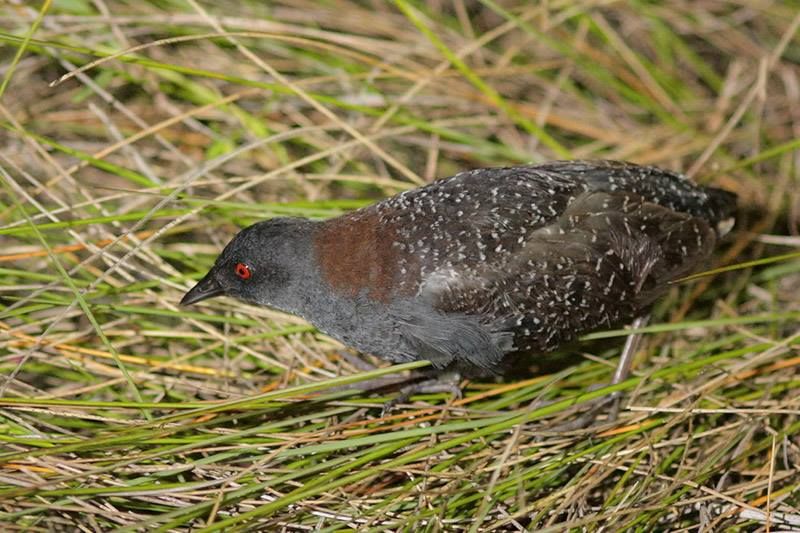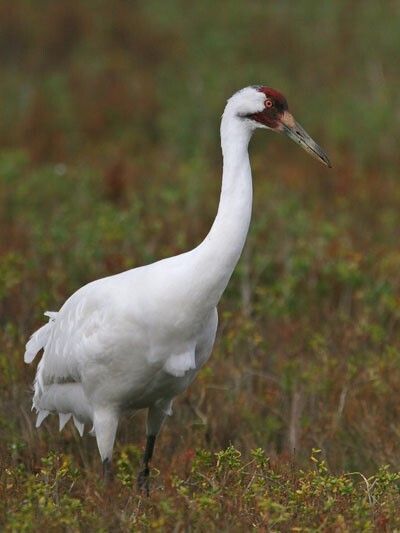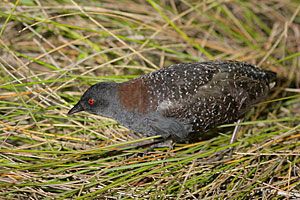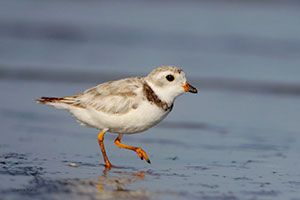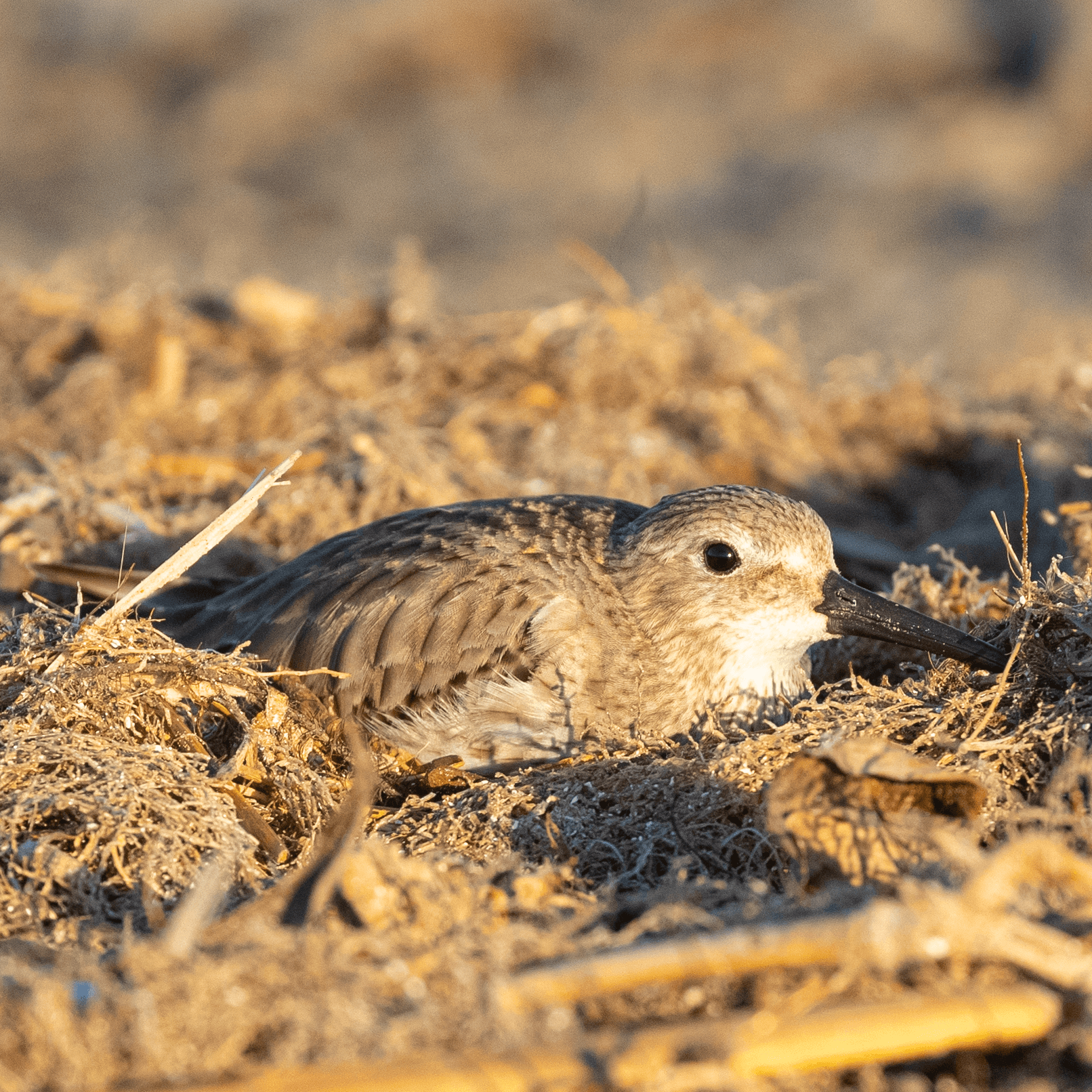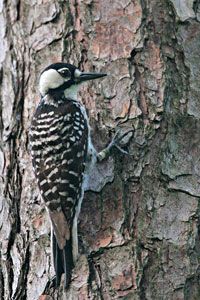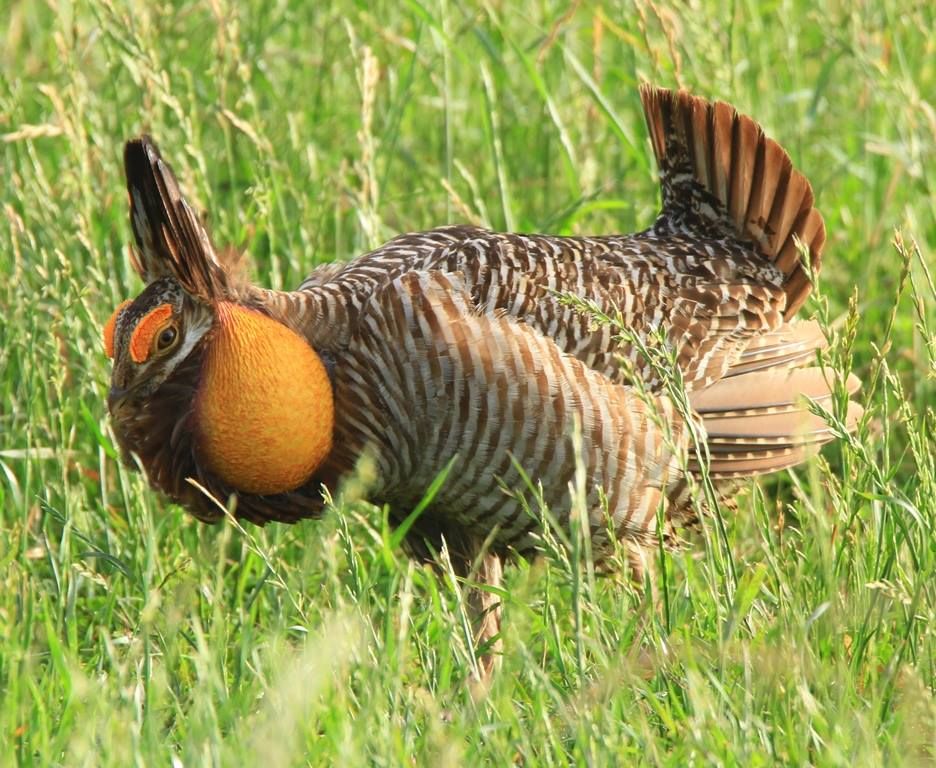Defend the Endangered Species Act — Protect Birds and Habitat on the Upper Texas Coast
The Endangered Species Act Is Under Threat
Your Voice Is Needed to Protect Birds and Habitat
For over 50 years, the Endangered Species Act (ESA) has protected America’s most vulnerable wildlife by preserving the habitats they depend on to survive. Now, a proposed federal rule would weaken these protections by excluding habitat loss from the definition of "harm." If this change is adopted, it will threaten the birds, wildlife, and places we treasure right here on the Upper Texas Coast.
Public comments are open until May 19. Take action today.
Take Action Now (3 Steps)
1. Submit Your Public Comment
Urge the Departments of the Interior and Commerce to reject this dangerous change. Even a brief message can make a difference.
Sample comment:
"I strongly oppose the proposed change to the Endangered Species Act that would exclude habitat loss from the definition of ‘harm.’ This change would weaken protections for vulnerable species across Texas and the nation, including the Whooping Crane, Piping Plover, and Eastern Black Rail. Habitat protection is essential to the survival of endangered wildlife. The ESA must continue to protect both species and the habitats they need to thrive."
2. Contact Your Elected Officials
Tell Senator Cruz, Senator Cornyn, and your U.S. House Representative that you oppose this proposed rule change.
3. Share This Campaign
Forward this message to friends, family, and fellow nature lovers. Share on social media and tag @HoustonAudubon.
Birds Protected by the ESA in Our Area
Species at Risk in Our Sanctuaries and Along the Texas Coast
Whooping Crane (Endangered)
Once nearly extinct, these majestic cranes winter along the Texas coast and depend on healthy wetlands during migration. Your support helps preserve stopover habitats at places like Bolivar Flats and coastal sanctuaries.
Eastern Black Rail (Threatened)
A secretive marsh bird that nests in coastal wetlands, including habitat around Houston and along the Upper Texas Coast. Protected wetlands at High Island and Bolivar are critical for this species’ survival.
Piping Plover (Threatened)
These small shorebirds winter along Galveston and Bolivar beaches, including Houston Audubon’s Bolivar Flats Shorebird Sanctuary — designated critical habitat under the ESA.
Red Knot (Threatened)
A long-distance migrant that depends on stopover habitat along the Texas coast during its 9,000-mile journey. Protected tidal flats and beaches provide essential feeding grounds.
Red-cockaded Woodpecker (Threatened)
This woodpecker inhabits East Texas pine forests and depends on mature longleaf pines for nesting. Healthy forest corridors along the Trinity River and San Jacinto River regions continue to support its recovery.
Attwater’s Prairie-Chicken (Endangered)
Native to the coastal prairie near Houston, this critically endangered bird now survives mainly in managed refuges. Habitat restoration projects on private and public lands in the region help keep its prairie home alive.
Success Stories — How the ESA Has Worked in Texas
Bald Eagle (Recovered)
Thanks to the ESA, Bald Eagles have rebounded across Texas. Nests are now seen regularly near Houston-area lakes and rivers — a powerful symbol of what’s possible when we protect species and habitat.
Whooping Crane (Growing Population)
Once down to just 15 birds, the Aransas-Wood Buffalo flock now numbers over 500 — a direct success of ESA protections and habitat conservation.
Brown Pelican (Recovered)
The Brown Pelican, once driven to near-extinction by pesticides like DDT, has made a remarkable comeback. It was removed from the endangered species list in 2009 and is now a common sight along the Texas coast — including at Houston Audubon's coastal sanctuaries.
Why Habitat Protection Matters
This proposed change to the ESA would make it harder to protect the places birds need to survive. On the Upper Texas Coast, that means threats to our marshes, beaches, prairies, and forests — places that support endangered species, migrating birds, and the rich wildlife diversity that makes our region unique.

